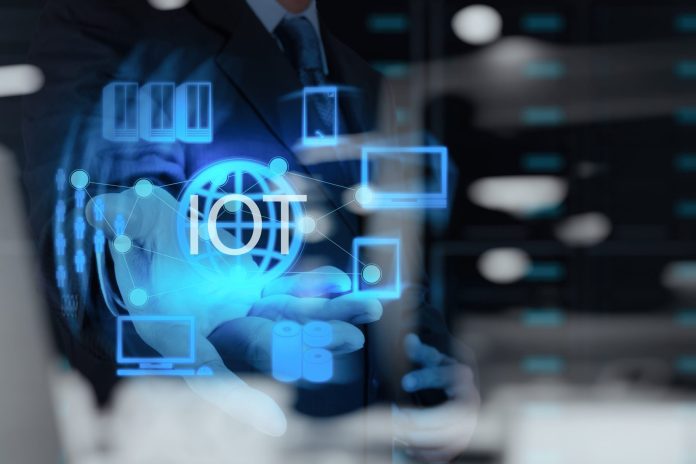By now, we’ve all read and heard about the internet of things. Cars that drive themselves will carry us to buildings that recognize us when we enter, and unless our jobs have been taken over by robots we will be able to do them much more efficiently, thanks to data aggregated from billions of connected devices and analyzed to create new insights about markets, equipment, processes, and consumers.
Is this really what the future will look like? Maybe, but if all this is going to happen, someone needs to pay for it. For now, the internet of things is being built by companies and institutions that see a payoff. Companies that foresee returns on their investments, and cities that see positive outcomes for their citizens are leading the way. Both of these groups are picking up the pace of investment because of technological advances that are changing their cost benefit analyses. Here are three technical trends that are driving investment in the IoT.
1. Connecting to the internet has never been cheaper. Companies that want to connect equipment, assets or products to the internet have many low-cost options that did not exist until recently. Wireless carriers have created LTE networks specifically for the IoT, and dedicated low-power wide area network providers like Sigfox and Senet are deploying infrastructure in major markets worldwide.
“We are in the middle of this inflection point where we are just really starting to deploy, in volume, technologies that were designed specfically for the IoT,” said Lee Ratliff, principal senior principal analyst at IHS Markit. “Everything that’s been done in the IoT up until now has really been existing technologies that have let us pluck the low-hanging fruit. … As a result we have really enabled a very small fraction of the potential of the IoT.”
2. Inexpensive hardware makes it easier for companies to test and refine their plans. For $10, a developer who wants to connect something to the internet can buy a Raspberry Pi Zero with Wi-Fi and start tinkering. Companies with more complex plans may invest in higher-end development boards, and there are plenty of those out there that can be purchased for less than it costs to take the team to dinner.
3. Networks are converging to support connected machines. Fiber optic networks can support both wired and wireless networks, and it’s not just physical networks that are coming together. Protocols are also converging so that the networks that operate equipment can talk directly to IT networks that gather data about those machines. Test equipment maker National Instruments is leading a group of 24 companies in the development of a converged network architecture that will support operational and informational networks on one infrastructure.
“The immediate challenge which has the ability to have the most business impact right now is in the area of condition monitoring and predictive maintenance of heavy industrial equipment,” said Jamie Smith, business and technology director at National Instruments. “So we’re doing a lot of work at bringing in sensor data, extracting the key features around those sensors and then moving it into advanced machine learning algorithms and building these models that will not only detect anomalies that something’s about to go down, but then predict when in the future there will be a problem. So power plants going down or equipment within a plant or facility failing may become a thing of the past.”
For more on this topic, download our on-demand report: Enterprise IoT Design: The Basics.
Follow me on Twitter.

